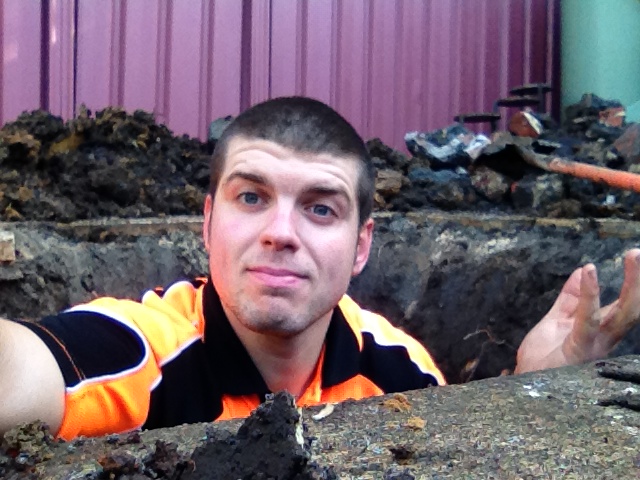Septic Underground Tanks Wollongong
Who we are and What we do
For decades, septic underground tanks have been a viable solution for areas that lack conventional sewer systems to primarily treat waste. It can be described as a watertight tank that is built underground. The most popular building materials for septic tanks are plastic or concrete. The tank is usually divided into 2 sections that function to effectively separate the different portions of waste i.e. liquid and solid. The effluent is the liquid portion of the waste and this exits the septic tank after 24 hours.
Septic Underground Tanks Functions
A septic tank is designed to perform 3 main functions, these include the following:
- It functions as a sort of settlement chamber for all the solid materials in sewage.
- It facilitates the decomposition of waste by bacteria.
- It also functions as a storage chamber for the solid materials that are undigested. These solid wastes ought to be removed after a predetermined duration such as 4 years.
Other techniques
Effluent that has been processed by the septic tank can be disposed off in numerous ways, some of them include the following:
Subsurface soakage
This is also referred to as absorption trenches. It is an onside disposal technique. The effluent received from the septic tank is directed into a subsoil trench of reasonable size (they can be many trenches). The effluent gets distributed to both the sides and base of the subsoil trench along the whole length. This enables absorption of the effluent into the soil and its biological treatment afterwards. However, it should be noted that this system cannot be practical on every site.
This is because the absorption rate varies from one site to the next.
The factors that affect the suitability of a site for this technique include:
- Absorption rate of soil, if poor then unsuitable.
- Nature of terrain, it should neither be too wet nor too steep.
- The property size should be adequate.
- The ground water or even rock should be far from the surface.
The effective alternatives to subsurface storage are reed beds, composting toilets, aerobic sand filters, aerobic wastewater treatment systems as well as other wastewater treatment technologies.
Maintenance
The following are some insightful tips on maintaining septic underground tanks:
- Mosquito breeding – All vents that have been fitted to the septic tank should have mosquito proof mesh. In addition, correctly seal all access openings.
- Prevent damage – The septic tank and its environs should be protected from vehicle traffic using a barrier as this can cause damage.
- Chemical disposal – Strong chemicals and medicines should not be disposed in the septic tank, these include paints and pesticides. This is because they can pollute groundwater and cause a malfunction in the tank.
- Use of bleaches and detergents – Detergents and bleaches should be used in a satisfactory manner. Individuals with sandfilters or aerobic treatment systems for wastewater should keenly follow instructions from the manufacturer.
- Accessibility for maintenance – Paved areas, buildings or driveways should not be constructed above the septic tank. This also applies for the soakage system. This can result in damage and also prevents challenges during maintenance.
- Minimize water volume – It is important to manage or minimize the volume of water going to the tank to increase its service life.
- Eliminate accumulated sludge – Periodically pump out or clean the septic tank after at least 4 years.
Conclusion
Soakage systems sometimes fail after prolonged use, thus might require replacement. It can be a heath risk. If you live in Wollongong area, fill in a request form or give us a phone call today for appropriate assistance.

